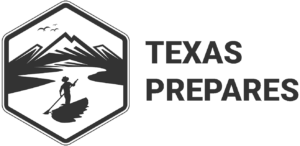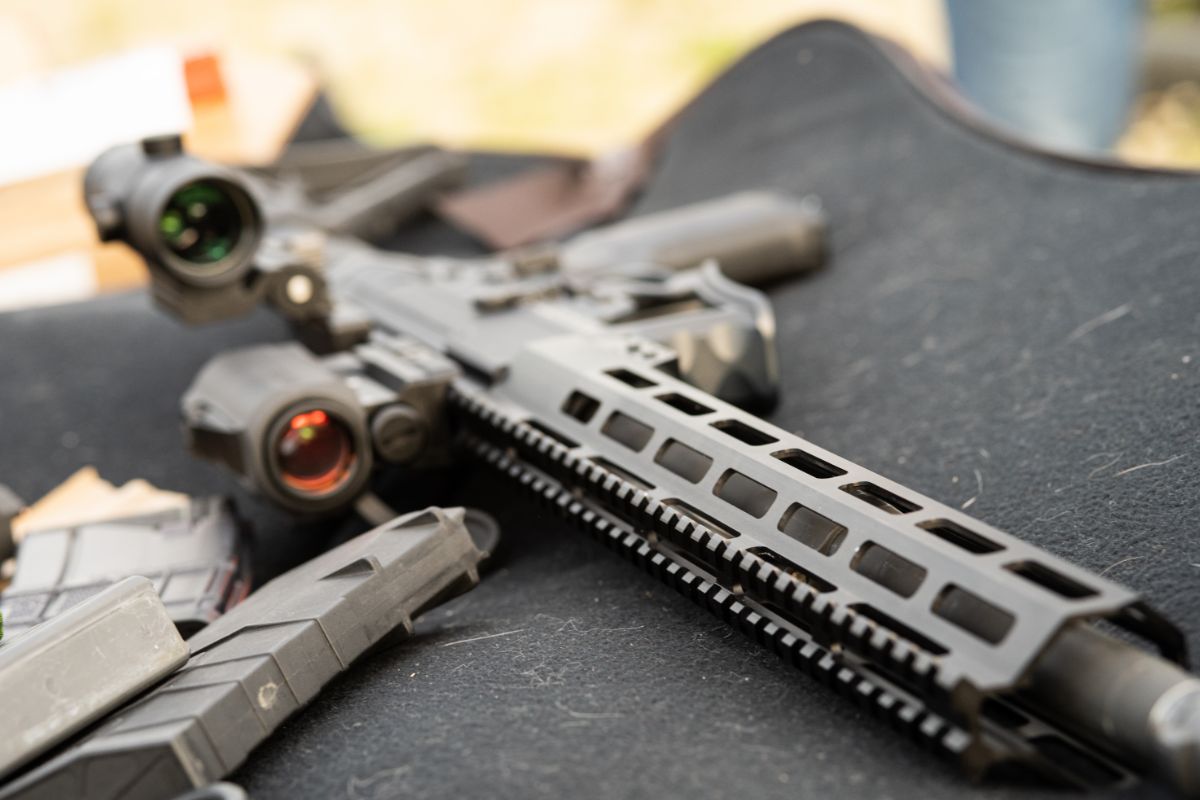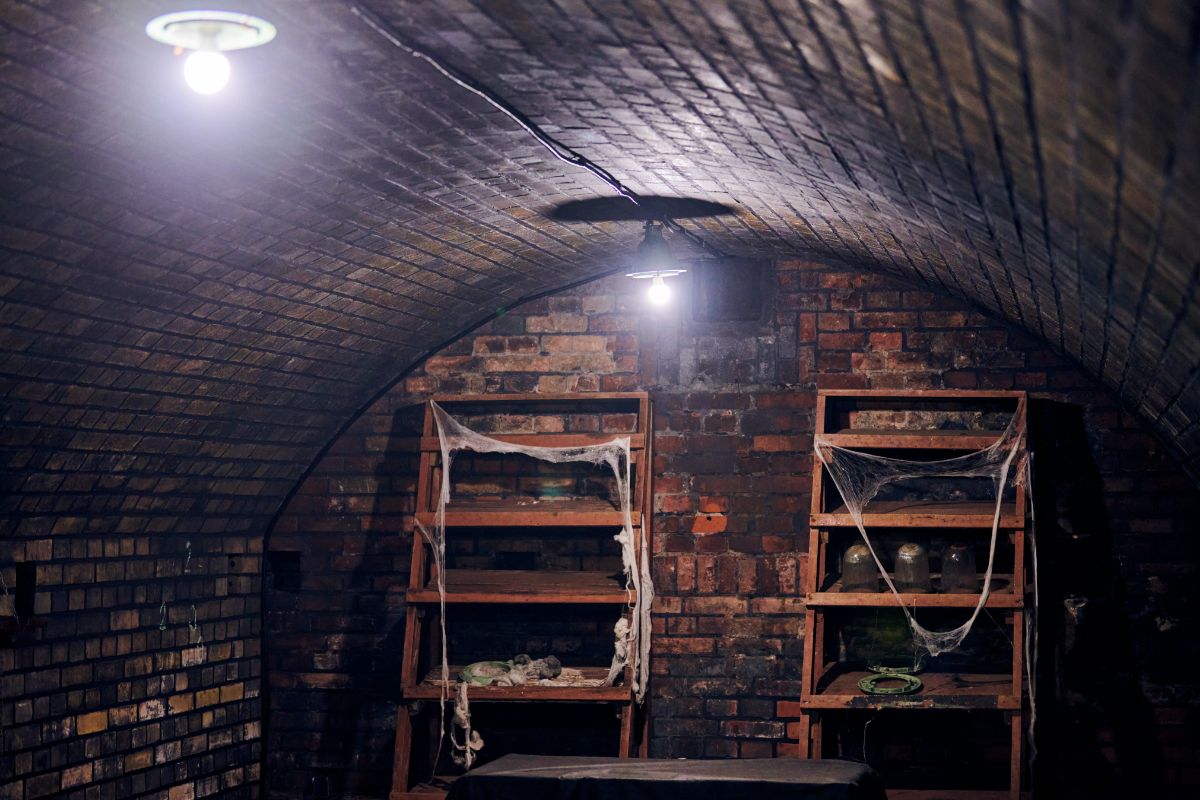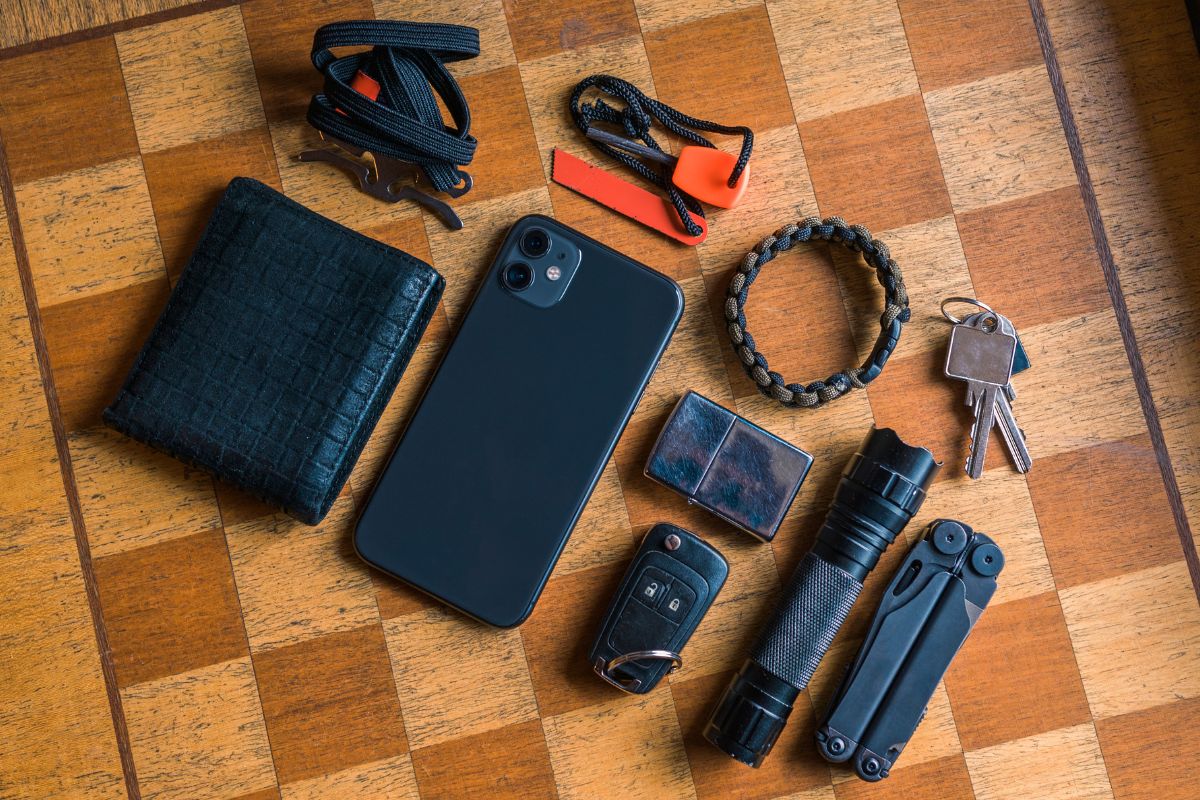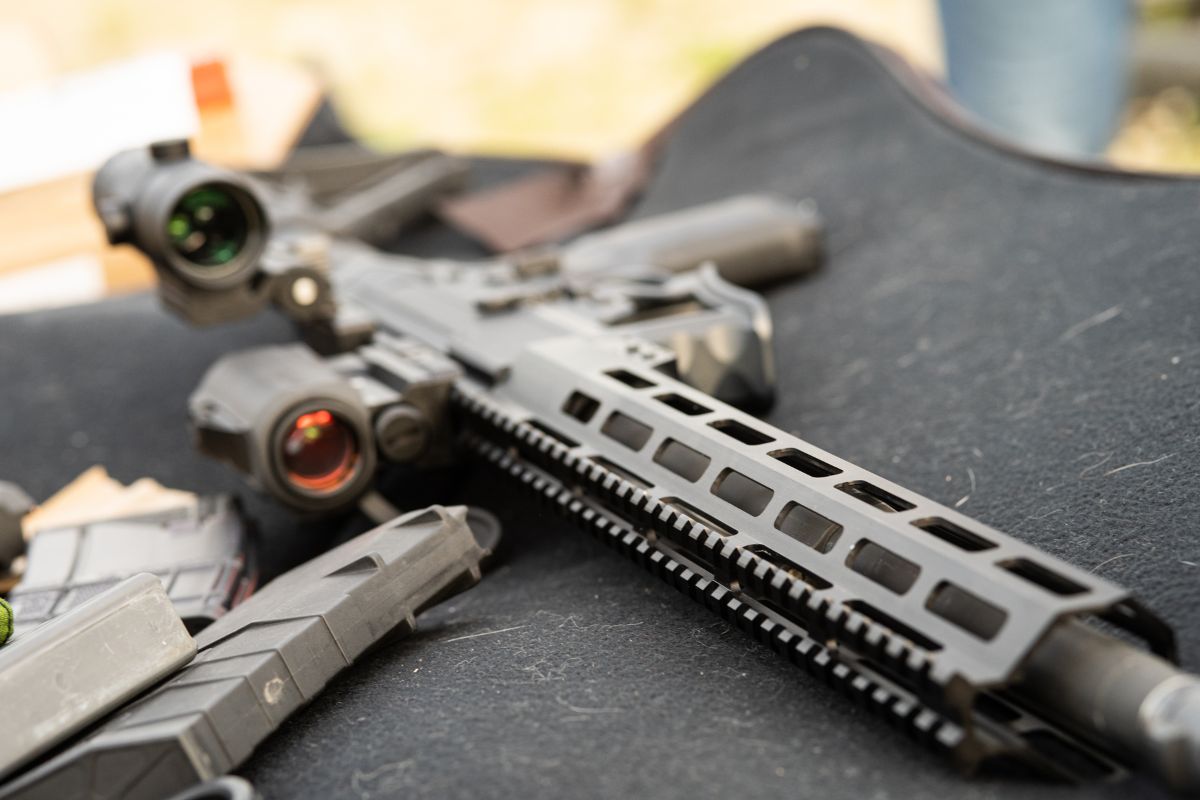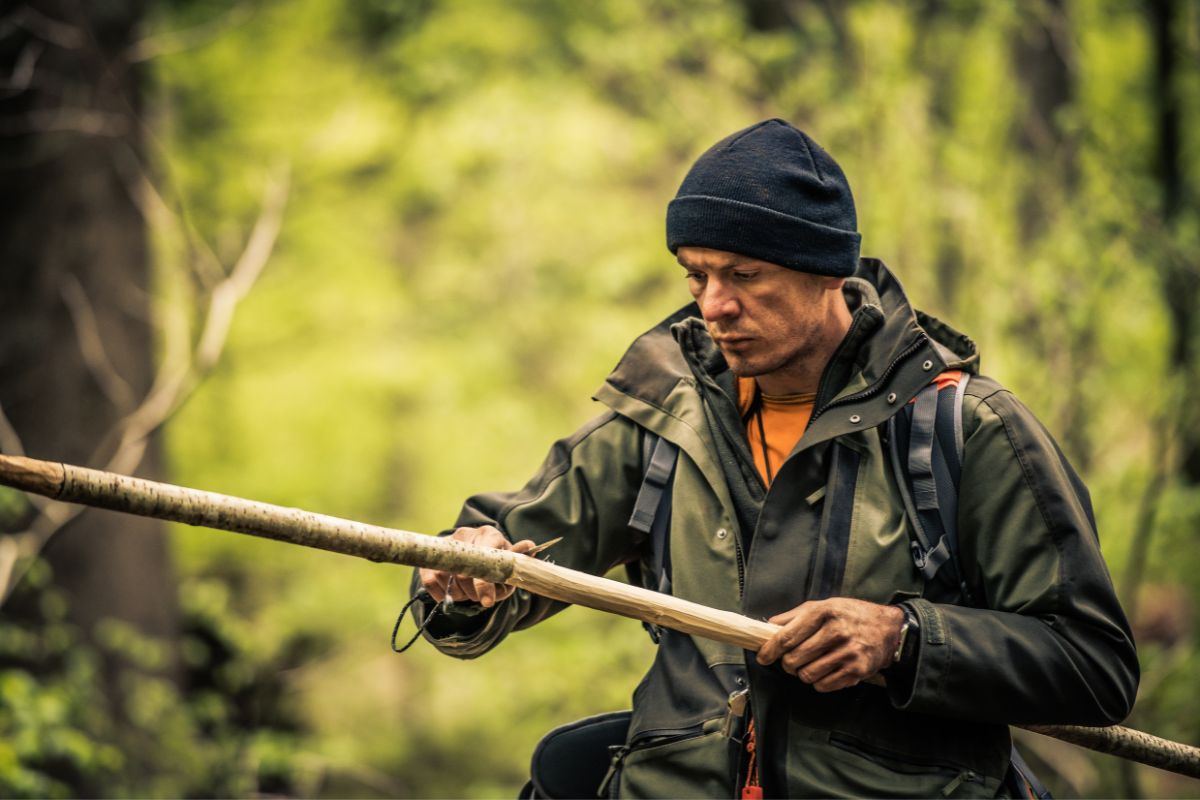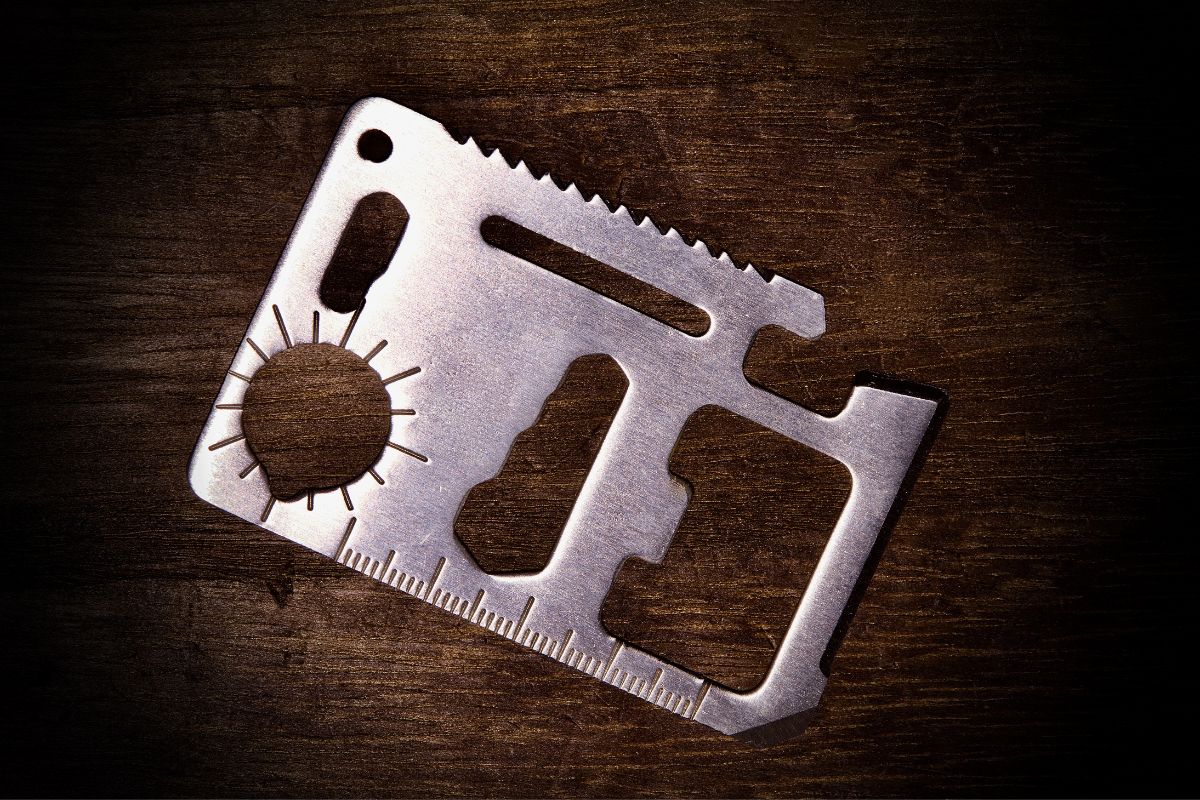Flooding is quite a common occurrence across the US, and Texas is no exception. Texas is absolutely massive though, so there are some areas that are more at risk than others, but really, everyone in the state should have an emergency plan in case a flood does happen.
In this article, we will be going over everything you need to know about preparing for a flood in Texas. It’s always better to be safe than sorry, and if you follow these tips, you’ll definitely feel safer.
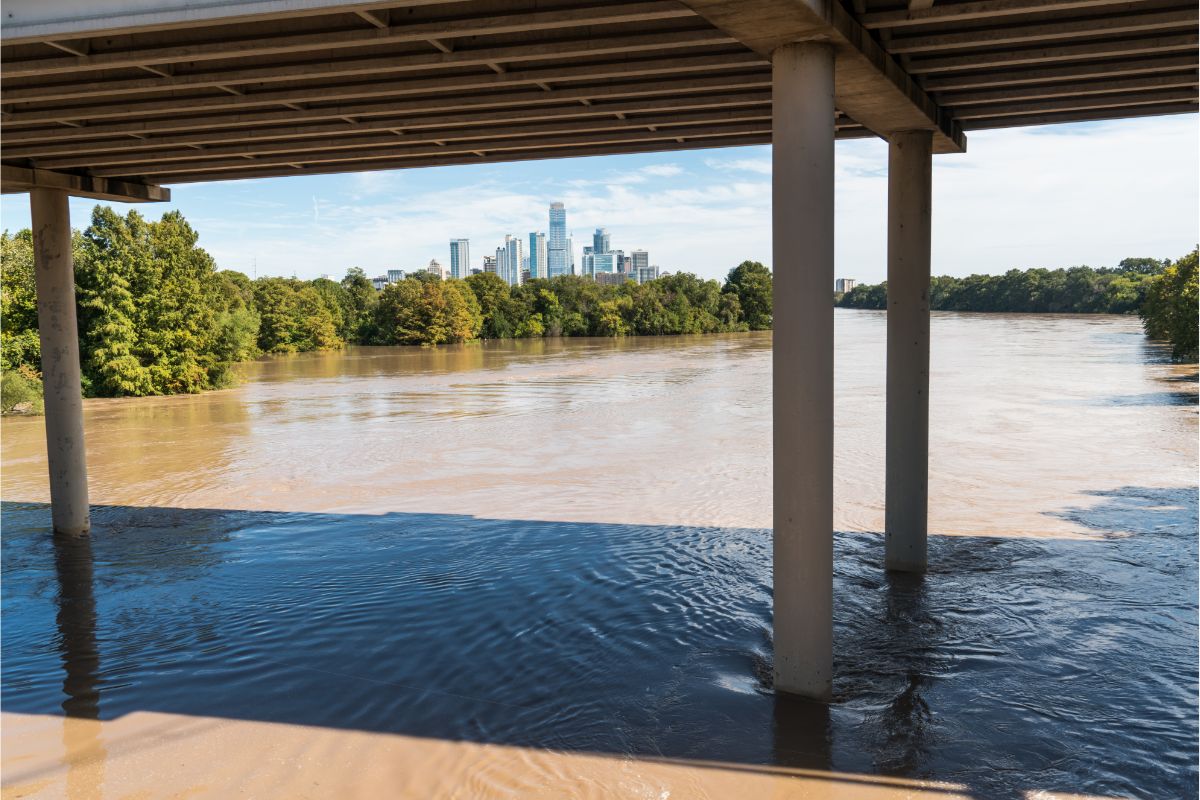
How To Prepare For A Flood In Texas
It is really important that you know the basics when it comes to flood preparation and we’ll be going over the basics now. Even if you have no survivalist training or any experience with flooding, knowing the basics really can mean the difference between life and death.
Emergency Kit
Emergency kits are something every household should have, regardless of the frequency of flooding in the area. This kit is something you put together yourself and is filled with lots of supplies, ranging from medical to tools.
If you already have an emergency kit, you need to make sure you’ve replenished it and it is fresh and up to date.
Some of the things you should have in your kit include a first aid kit, water, flashlight, canned food, prescription medication, gloves, whistle, can opener, batteries, a wrench, and duct tape.
You can do a bit of extra research to see if there’s anything else you might need for your emergency kit, but the things we have listed here are some of the basics.
Be Prepared For An Evacuation
If you are serious about your flood preparations, then one of the most important things you’re going to have to do is actually be prepared for an evacuation.
Make a plan with your family or the people you live with that outlines what you’ll do if an evacuation takes place. Where will you go? What will you take with you?
Which route will you take to get from point A to B? All of these questions are very important and need to have answered well before the evacuation takes place.
Make sure you have fuel in your car and your emergency kit is fully replenished. If you have any pets, it is important that you include them in your evacuation preparations and plans.
It’s better to have a more detailed plan in the event of an evacuation, but even just a rough outline will drastically reduce your risks in the event of a flood.
Put Your Important Documents In A Safe Place
In the event of almost any natural disaster, lots of people end up losing their important documents.
If you store them in a safe and easily accessible place, you are more likely to remember to grab them, or if you can’t bring them with you when you evacuate, they should still be safe if and when you return.
Important documents include birth certificates, medical records, passports, and anything along those lines.
Something that you can do that will really help is to make copies of these documents. You could potentially put these copies in your emergency kit so they will be ready to go if you need to leave fast.
Even just taking a photo of the documents is better than having no copy of them at all!
Understand The Risks
It is important that you get to know your area when you’re trying to make preparations for a flood. Check to see how at risk your area is of flooding. If you live in a high-risk area, then you should definitely make preparations sooner rather than later.
Even if you live in a lower-risk area though, don’t just assume that you’ll never have to deal with a flood. The likelihood is you won’t, but it’s always better to be prepared because you never actually know for certain if a flood will happen or not.
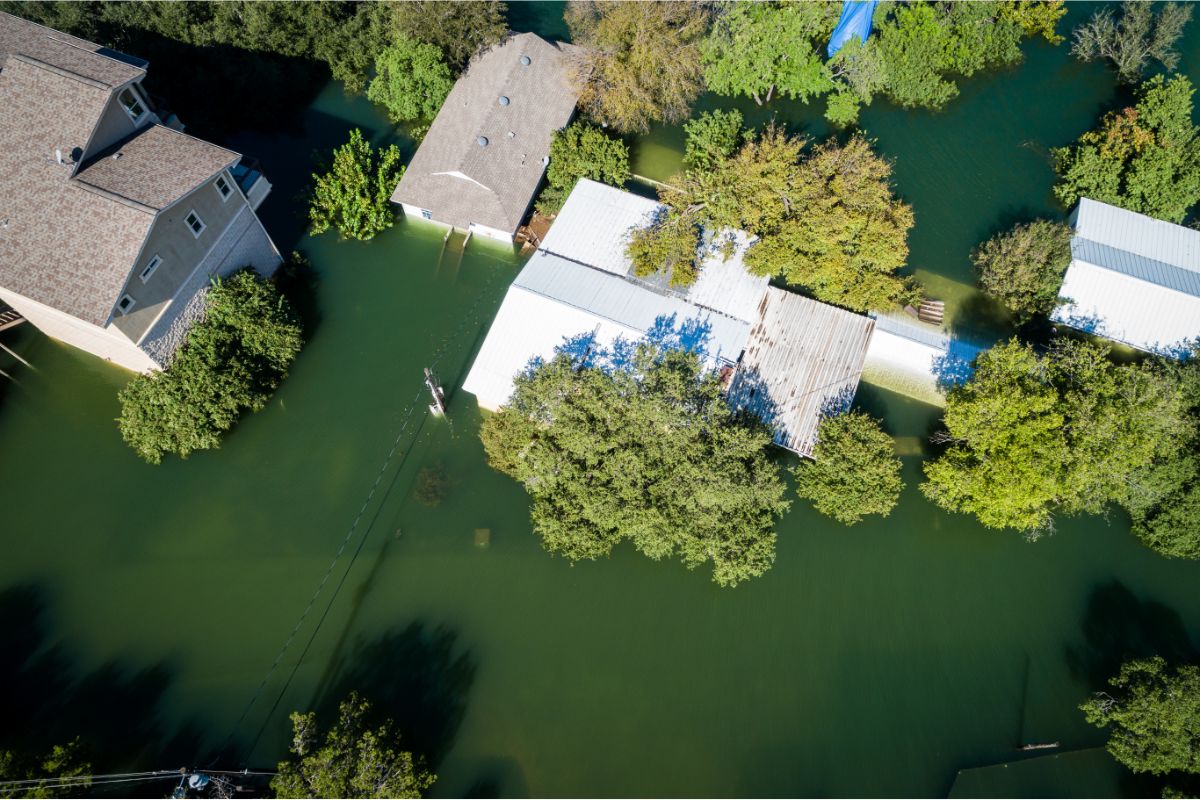
What To Do If You Can’t Evacuate
Unfortunately, when floods do happen, not everyone can evacuate. If you do find yourself in a situation where evacuation isn’t possible, then there are a few things you can do to minimize the risks that come with staying behind.
You may be advised to leave your home even if you can’t get to your evacuation destination, but you will have to act extremely quickly. Flooding can look like it’s taking a long time to happen, but they are a lot faster than you might realize.
Even if parts of your route are only semi-flooded, it is heavily advised that you do not use them. Water with just a few inches of depth can be hazardous, so it’s not worth the risk of sustaining an injury.
If you end up stuck in your house completely when a flood happens, don’t try and swim through the water, this can become incredibly dangerous.
Grab your emergency kit, make sure your electricity has been turned off (if you’re able to access it), and then get to the highest point of your house as soon as possible.
Avoid areas like the attic though. Closed-off parts of the house can become extremely dangerous as the flood waters rise. You might be convinced that the roof is the safest place, but that should only be your last resort.
If you do find yourself on your roof though, you need to find a way to signal for help and make yourself as visible as you possibly can.
Conclusion
Floods are extremely scary and can get quite dangerous, especially if you’re unprepared. If you are prepared though, this can be a massive advantage and could quite literally save your life.
Keep up to date with the latest weather reports in your area and make sure you have a concrete plan ready long before a flood actually happens.
When you know exactly where to go and what to do when a flood happens, you won’t have to worry about acting out of panic or wasting any time.
- How To Make A Quick And Easy DIY Toilet For Camping - September 19, 2022
- How To Use A Knife For Self Defense - September 19, 2022
- How To Help The Elderly Recover From A Disaster - September 19, 2022
